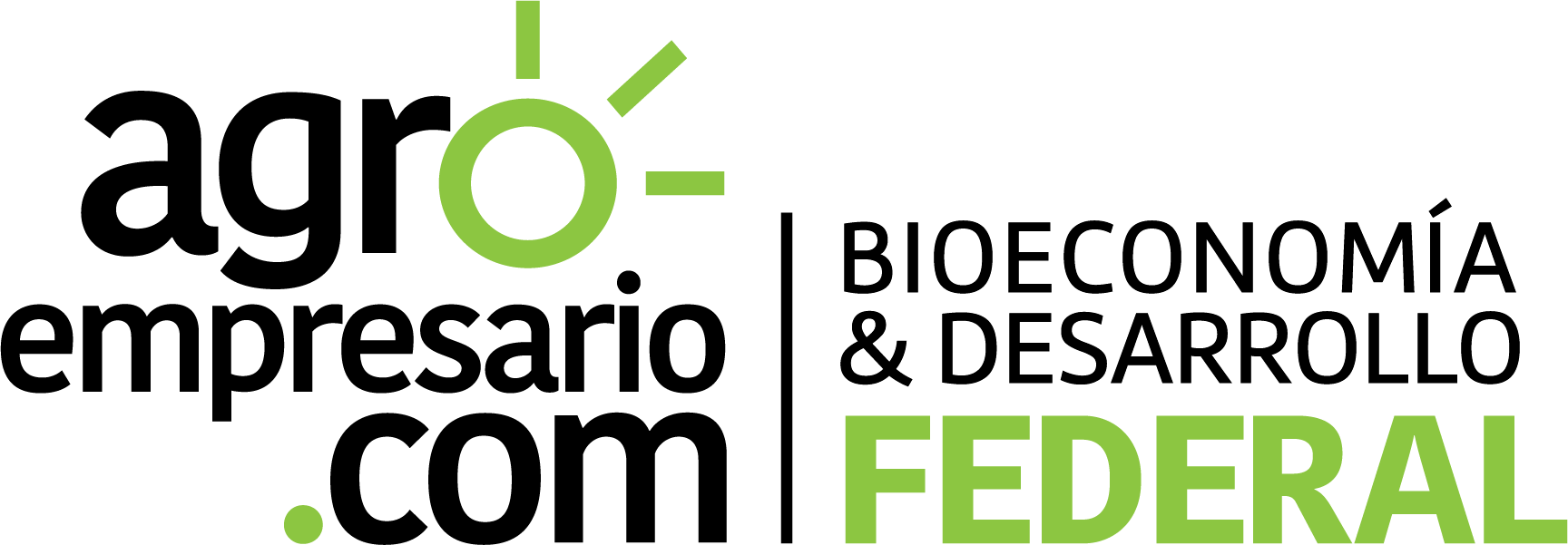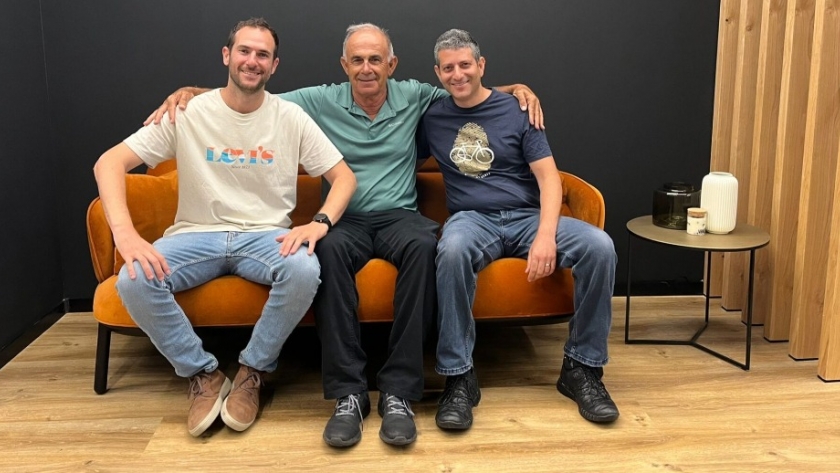
By Agroempresario.com
Vanilla Vida, an Israeli startup addressing the significant gap between supply and demand in the natural vanilla market, has announced its first large-scale harvest of vanilla plants cultivated using a controlled indoor farming system. This innovative approach reduces the time from planting to flowering by half while increasing vanilla bean yield and quality.
The first batch of beans from Vanilla Vida’s facilities in northern Israel is now being harvested. Meanwhile, two additional greenhouses operated by kibbutzim in central and southern Israel, following Vanilla Vida’s protocols, are expected to deliver crops by late 2025 and early 2026. The company is also expanding internationally, working with partners in Uganda to establish curing and growing facilities and exploring opportunities in two additional regions to scale its operations further.
According to CEO Ilanit Bar-Zeev, a former executive at IFF who took the helm at Vanilla Vida in September, this is the first large-scale greenhouse-grown vanilla harvest in the world. “No one has cultivated vanilla at this scale before,” she stated.
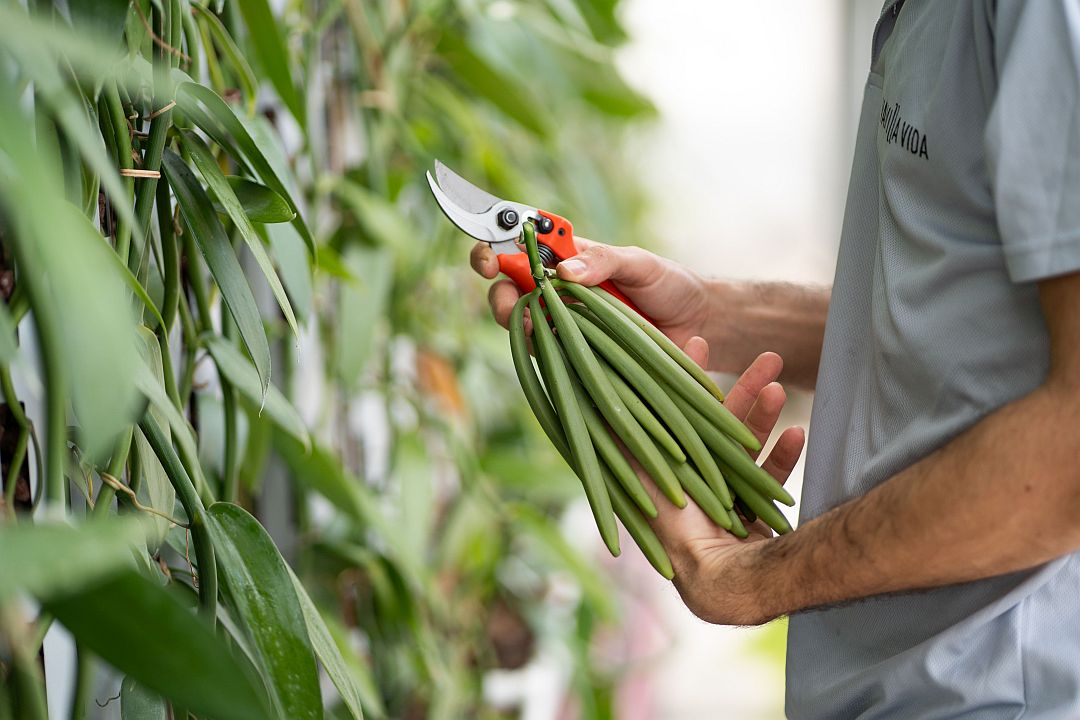
Unlike companies producing natural vanilla through the bioconversion of ferulic acid from rice bran—a process that does not derive vanilla from the actual plant—Vanilla Vida is cultivating Vanilla planifolia plants indoors within climate-controlled greenhouses. This method adds to the global supply of vanilla beans, where demand far exceeds supply.
Vanilla Vida’s plants are not genetically modified. Instead, the controlled environment—optimizing temperature and humidity—allows them to mature and become productive in just two years, compared to the traditional four. Additionally, the curing process, which usually takes six months, is reduced by 50%.
These advancements significantly improve vanillin yield—the primary flavor compound in vanilla beans. While traditional vanilla curing yields an average vanillin content of 1-2%, Vanilla Vida’s proprietary curing process can convert over 90% of glucovanillin (a natural vanillin precursor found in green vanilla beans) into pure vanillin. This method enables clients receiving cured vanilla beans from Uganda, cultivated outdoors but processed with Vanilla Vida’s technology, to obtain vanillin content exceeding 3%. Beans grown entirely within Vanilla Vida’s indoor system could potentially achieve even higher levels.
However, Bar-Zeev emphasizes that consistent quality and the ability to tailor flavors—such as enhancing chocolate, smoky, or caramel notes during the curing process—are more important to customers than vanillin content alone.
Additionally, Vanilla Vida’s process eliminates mold contamination, a common issue in traditional curing. “We achieve zero waste, while conventional curing methods often result in moldy beans,” Bar-Zeev noted.
Under agreements with joint venture partners in Israel, Vanilla Vida supplies young plants to farmers who cultivate them using its proprietary protocols and then sell the beans back to Vanilla Vida for curing.
While the company aims to control the entire value chain, it also adds value at various stages. A hybrid model allows Vanilla Vida to source beans from outdoor farms in Uganda and then cure them using its proprietary technology in Israel. “We developed a hybrid solution where we import green vanilla beans from Uganda and apply our curing technology, enabling us to engage with the market before our indoor-grown beans were ready. We conducted multiple pilots with flavor and fragrance houses and began connecting with restaurants to build brand awareness,” Bar-Zeev explained.
The next step is to establish a curing facility in Uganda, eliminating the need to import raw beans into Israel. Simultaneously, Vanilla Vida plans to work with Ugandan farmers to adopt its indoor growing protocols, similar to its partnerships in Israel.
“Our goal is to offer stability, quality, and pricing through efficient growing methods. Precision agriculture allows us to optimize production and maintain consistency,” Bar-Zeev added.
The hybrid model—curing beans from Uganda and other outdoor farms alongside its own indoor-grown vanilla—mitigates supply chain risks. “We must ensure multiple supply sources for green vanilla to maintain a steady flow,” she explained.
Beyond production, Bar-Zeev emphasized the importance of collaboration across the vanilla supply chain: “We need to engage partners from growers to flavor houses to create a reliable and sustainable vanilla supply.”
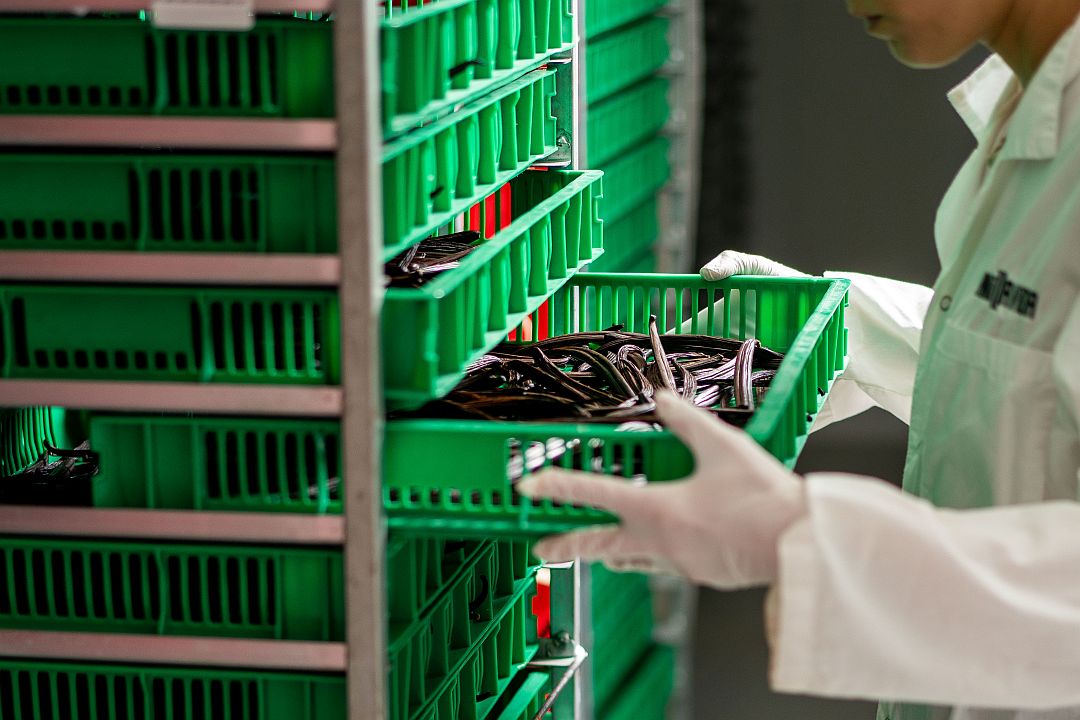
Backed by investors such as Strauss-Group (owner of The Kitchen FoodTech Hub), PeakBridge, Kibbutz Maagan Michael, and Ordway Selections, Vanilla Vida has raised approximately $15.5 million to date.
To expand operations, Bar-Zeev mentioned different funding models. “Joint venture partners could share the costs of establishing new growing facilities without directly investing in Vanilla Vida. However, we are also planning a limited funding round in the next 12 months to support our scale-up activities.”
Currently, companies seeking vanilla flavors have several options:
Yoni Glickman, board member of Vanilla Vida and managing partner at FoodSparks—a venture capital fund managed by EIT Food and PeakBridge—predicts that vanilla prices will remain highly volatile. “Vanilla faces the same structural challenges as cocoa and coffee: climate change, supply chain disruptions, and shifting consumer demand,” he said.
Unlike cocoa and coffee, which benefit from broader geographic diversification, vanilla production remains heavily concentrated in Madagascar, making it highly susceptible to supply shocks. “The opportunity for a company offering real vanilla with stable supply and pricing is enormous,” Glickman stated.
“Vanilla is a critical ingredient across multiple industries, from bakery and confectionery to beverages and fragrances. Consumers increasingly prefer natural ingredients, yet the vanilla market remains largely synthetic. By combining Vanilla Vida’s technological advancements with traditional agricultural practices, we can transform the industry and create a more stable, sustainable supply chain.”
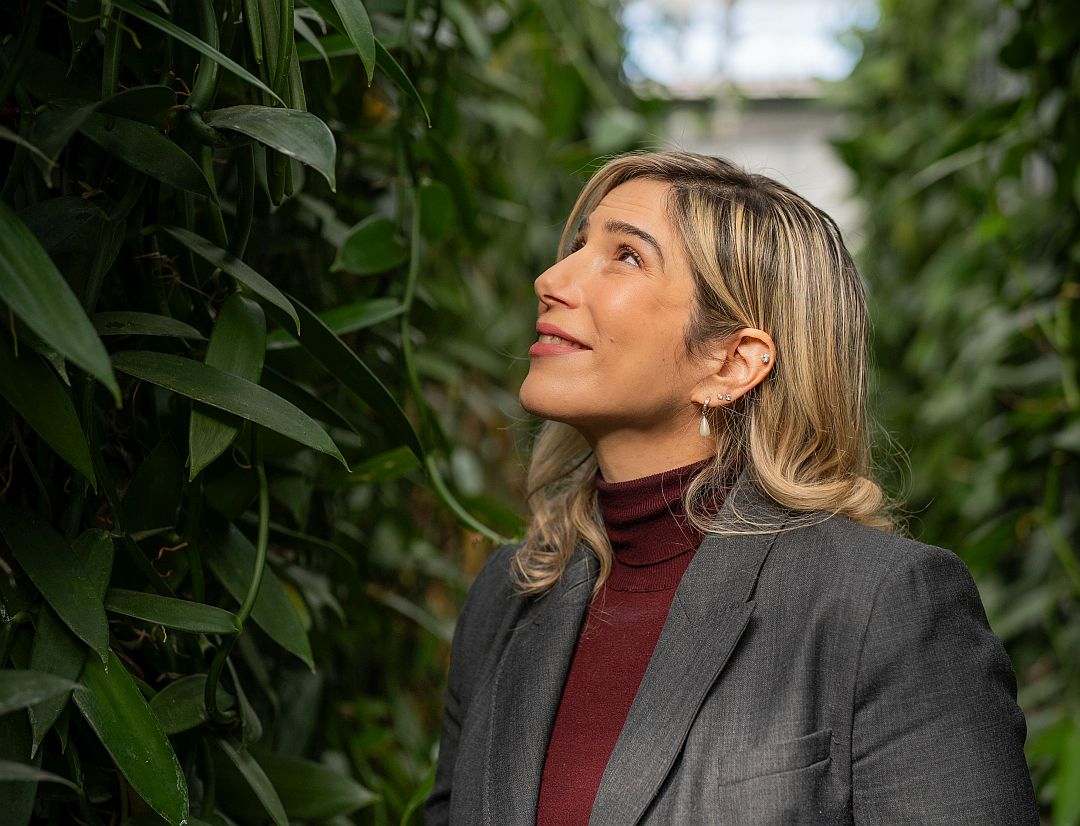
With an innovative approach to indoor farming and a hybrid supply model, Vanilla Vida is poised to disrupt the vanilla industry by offering reliable, high-quality, and sustainable vanilla production. As demand for natural ingredients rises and environmental concerns shape consumer preferences, Vanilla Vida’s pioneering methods could redefine how vanilla is grown and supplied globally.
